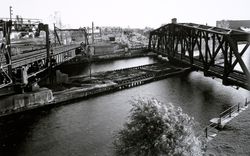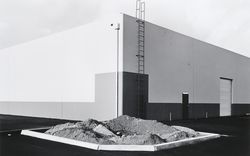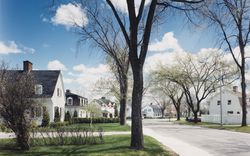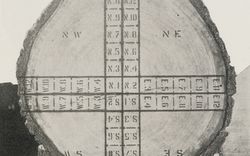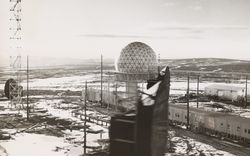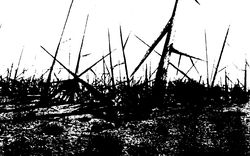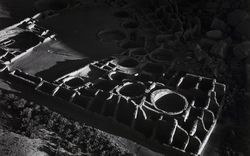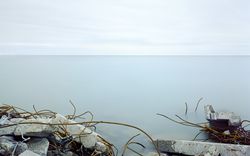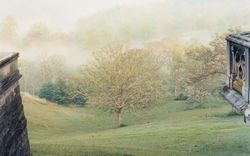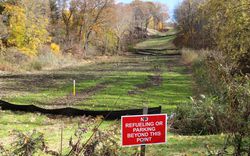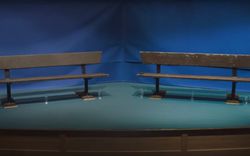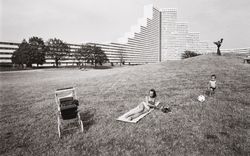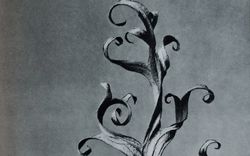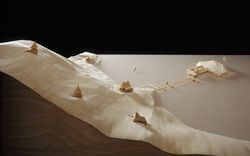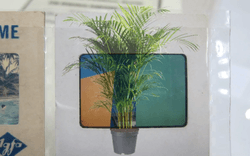New Tropicality
Video and text by Mika Savela
Bland exotica.
Modernist holiday resorts, Bo Bardi’s garden pond, the anatomies and textures of fruits and flowers, a magazine called The Plant, palm houses, conservatories, botanical gardens, houseplants and mechanisms for greenhouse ventilation systems, air conditioning, hard brutalism coupled with sensual brass and terrazzo, marble with leaves of Monstera deliciosa, viridian colours that only make sense in RGB or on Instagram, jungle graphics on sweatshirts, computer-generated pseudo-rainforests in Avatar, psychedelic Brit-rave circa 1995, and seapunk.
We are living with a changing global climate, record-high temperatures and ocean levels, massive migration, and relentless urbanization. By now, we are aware that the tropics have become territories of new challenges and modernities. At the same time, the visual notion of the tropical is both disappearing and expanding. Traditionally, the imagery of the tropics is one of sensory stimulations and vitality—a kind of collective Club Med where we can all relax while gulping down a glass of pineapple juice. These depictions of lush, faraway forests filled with fantastical species of plants and animals seem forcefully alive and serve as marketable versions of biodiversity.
But now something else might be going on. Tropicality has started to appear as a different kind of aesthetics—far blander, plainer, and more everyday. Occurrences of new tropicality are happening within contexts where the tropical might not conventionally belong, like a reference to an oddball diorama at a provincial natural science museum, or the rediscovery of the Barbican Conservatory on dozens of blogs at the same time. (See, for instance, here, here, here, and here.) Naturally, readings of archival material with hints of tropical or botanical subject matter are becoming part of these new image economies.
In recent years, architectural practices have made similar novel inclusions of plants in their projects. The plant-filled room or the abstract, disruptive interpretations of greenhouses and plant walls have become common typologies. Spanish architects SelgasCano have long had a special interest in bringing nature indoors. Greek office Point Supreme’s proposals for palm-filled Athens squares are more Miami Vice than Mediterranean. In the United Kingdom, Assemble Studio has proposed refurbishing working-class red-brick rowhouses with exotic greeneries, while Asif Khan has made blurred views of exotica part of the inner-city districts of London. (And there’s more.)
But how to explain this emergence of tropicality? Partly, these examples signal an increasing affinity for non-belonging and non-conforming to the traditions of the professional world and the tasks architecture has been given. (There is something visually wilder about pineapples than there is about a bouquet of roses.) An immersion in tropical flora and fauna suggests a positive relationship with distance and a desire for the other, ostensibly without colonization. This is an interest in the exotic without exoticization, an affinity with the faraway without the undertones of cultural appropriation. But while technically only referring to certain latitudes on either side of the Equator, the tropical—even in its new, disconnected visual sense, cannot escape cultural connotations. It appears that tropicality has become newly appealing precisely because of its vague form, which serves as a sophisticated, ambiguous reference.
Today, from Basel to Miami Beach to Hong Kong, from the Old World to the New, there are continuous shifts toward new centres and new latitudes. Perhaps in its new visual presence, the tropical should embrace new cultural contexts. Aside from certain aesthetics, what has tropicality come to entail? Will it forever be colourful, fragrant, and calling for exploration? Will it become a symbol of catastrophes and harsh urban realities, rather than a paradise? Or should the tropical be left alone, to remain a free-to-borrow feature, natural clip art, a getaway from the discourses?
Mika Savela produced this video and text in 2017 as part of a research project entitled “Offness.” This work is the result of the multidisciplinary research program “Architecture and/for Photography” developed by the CCA, with the generous support of the Andrew W. Mellon Foundation.
